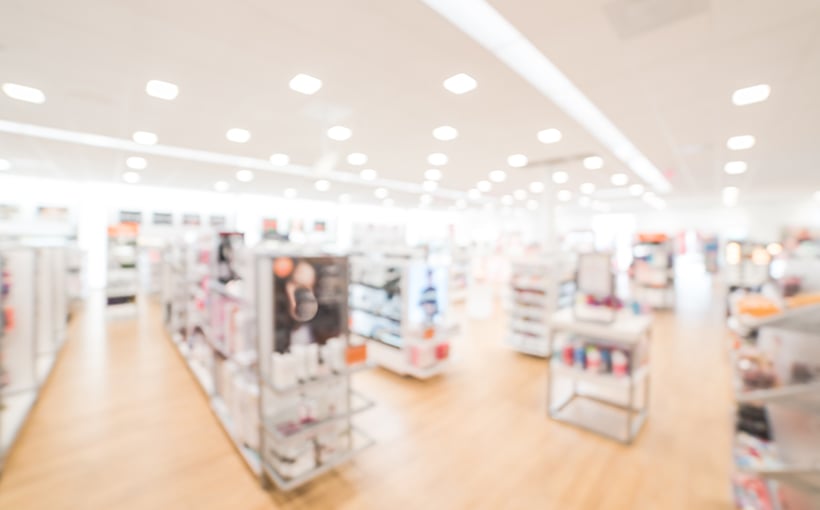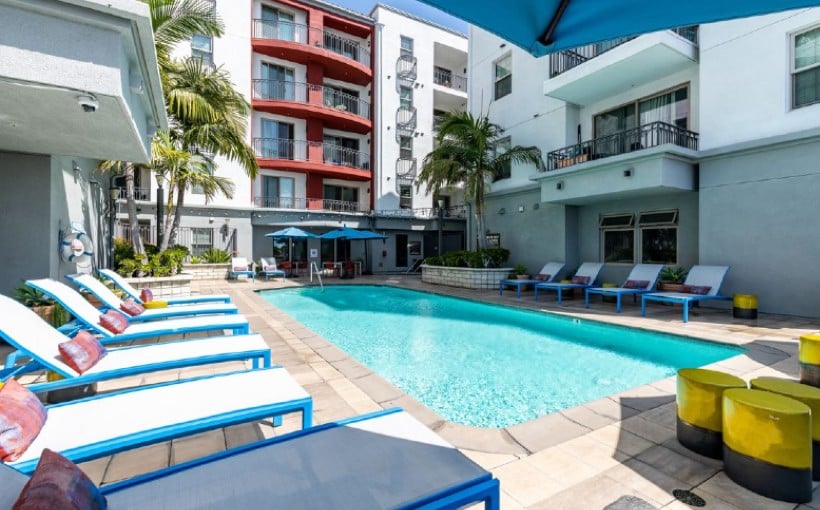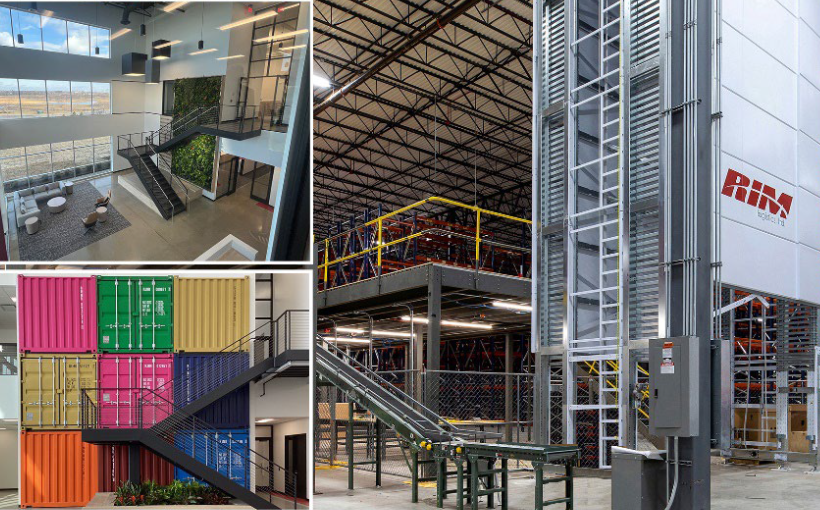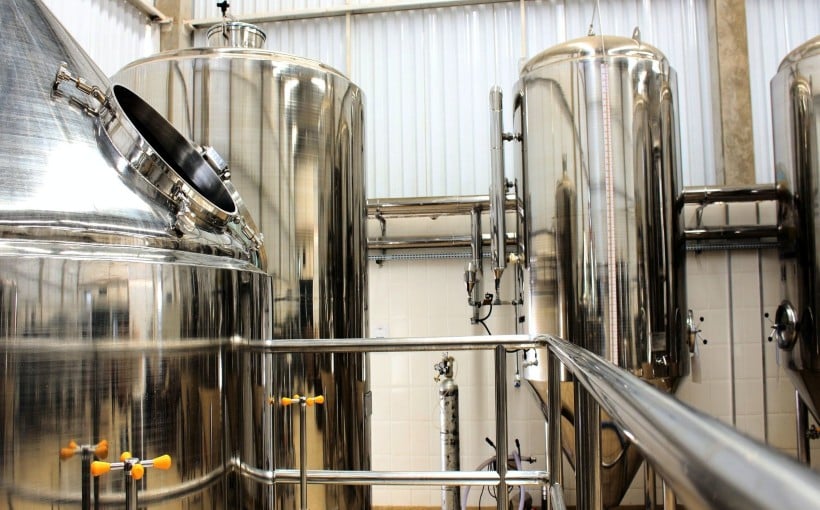### The Story Behind Fast Food, Grocery, and Beauty Demand
*This article is the first in a series focusing on various retail sectors.*
—

#### A Tale of Contrasts in Retail Real Estate
Retail real estate presents a paradox. On one hand, there is a shortage of available space and record-low vacancies. On the other, the industry is navigating an increasing number of bankruptcies.
Despite these contrasts, retail encompasses a wide range of products, services, and space requirements. Performance metrics vary significantly across different sectors.
According to Mark Sigal, CEO of Datex Property Solutions, the retail categories with the strongest sales growth since the pandemic include:
– **Fast food:** 42%
– **Grocery:** 20.1%
– **Beauty products:** 130%
Sigal and other retail experts recently discussed the factors driving the success of these three retail segments.
—
### COVID, Grocers, and Fast Food

*Keisha Virtue*
To understand the present, let’s take a step back.
Prior to 2020, e-commerce was steadily gaining traction. Then the COVID-19 pandemic disrupted retail as the world locked down. While much of the sector suffered, quick-service restaurants (QSRs) and grocery stores thrived.
“During the onset of the pandemic, grocery stores were deemed essential businesses, and we experienced panic buying of products like meat and toilet paper,” said Sean Unsell, associate principal with RDC. Consumers, confined to their homes, relied on grocery stores for at-home cooking.
Meanwhile, fast-food restaurants benefited from their drive-through operations. “People wanted to leave the house but remained cautious about COVID exposure,” explained Stephanie Skrbin, a retail broker with Axiom Retail Advisors.

*Stephanie Skrbin*
Both QSRs and grocers had to quickly adapt. “Chipotle, Panera Bread, Starbucks, and others pivoted toward drive-through-only locations,” Skrbin noted. Chris Premac, vice president at Coreland Companies, added that these businesses developed new delivery models and mobile pickup options.
COVID ultimately led to a grocery resurgence, according to Sigal. “In 2017, when Amazon announced its acquisition of Whole Foods, grocery stock values tanked, and many predicted Amazon would dominate the sector,” he said. However, the pandemic altered that trajectory.
Keisha Virtue, retail research manager at JLL, noted that grocery sales were already experiencing strong growth in 2019. During 2020, as consumers prepared more food at home, grocery sales surged 9.4% over 2019. Fast food and beauty sales followed with increases of 18.8% and 22.0% in 2021.
—
### The Resurgence of Beauty Retail

*Richard Rizika*
Beauty retailers—cosmetics, spas, and hair salons—faced major challenges during the pandemic. Unlike grocery stores and QSRs, beauty shops weren’t considered “essential businesses.”
“There was reduced demand for cosmetics due to remote work and social distancing,” explained Richard Rizika, partner and co-founder of Beta Agency. Additionally, salons and spas were mandated to close to prevent the virus’s spread.
“Some businesses risked fines to stay open and serve customers,” noted Unsell, forcing consumers to turn to at-home self-care solutions. Many relied on online beauty product orders and video tutorials for hair, skincare, and cosmetics.
—
### The Market Today

*Chris Premac*
Virtue pointed out that demand for fast food, grocery, and beauty remains strong, despite pandemic-era sales growth slowing. Expansion plans are ongoing, with grocery corporations and QSRs announcing large-scale developments, while beauty retailers plan to open over 300 new stores.
According to Rizika, consumer preferences continue to evolve. “Demand reflects a blend of pre-pandemic consumer habits and new priorities influenced by economic shifts,” he said. Value and convenience are now primary drivers of spending.

*Mike Philbin*
Mike Philbin, senior vice president of Northmarq and co-founder of its National Restaurant Group, emphasized the resilience of the QSR sector. “Quick-service restaurants can survive in smaller spaces with adaptable footprints,” he said. “If a tenant vacates, new ones are eager to take over, given the strong demand for drive-through locations.”
At the same time, casual dining establishments face difficulties due to rising labor and food costs. “The cost of building restaurants from scratch has skyrocketed, leading chains to grow by acquiring vacant locations instead,” Philbin observed.
Grocery stores are performing well despite challenges like inflation and supply chain disruptions. But demographics are shifting. Discount grocers like Aldi and niche markets like Trader Joe’s continue to grow. “Some consumers prefer high-quality, healthy alternatives to fast food,” said Unsell. “Social media has also popularized single-ingredient whole foods, fueling home cooking trends.”

*Sean Unsell*
Meanwhile, beauty retailers are benefiting from growing consumer interest in self-care. Social media influencers are driving product sales as people return to social interactions.
Unlike grocery stores and QSRs, beauty retailers face strong competition from e-commerce. Sigal noted that these brands must strategically balance between in-store experiences and online sales. However, he remains optimistic: “The desire to look and feel one’s best is something that only brick-and-mortar beauty stores can truly fulfill.”




